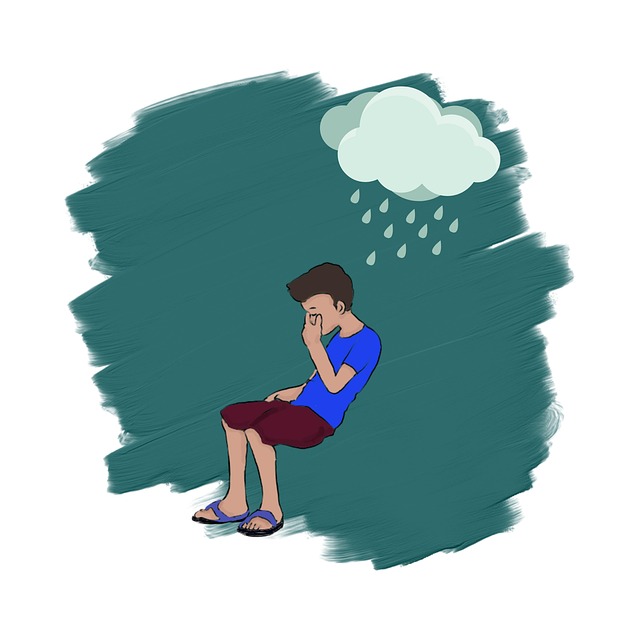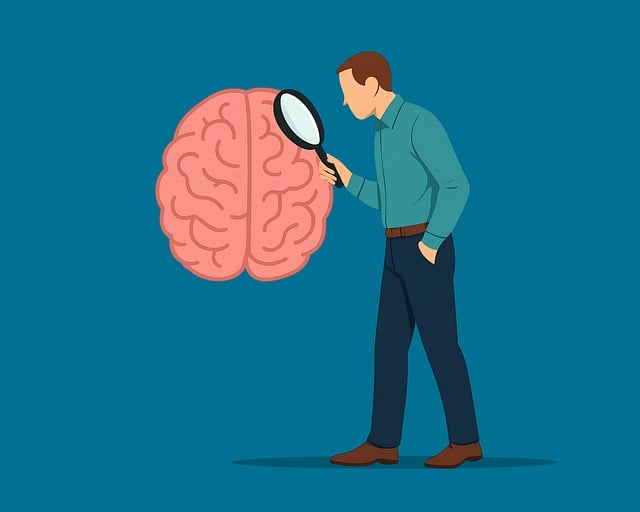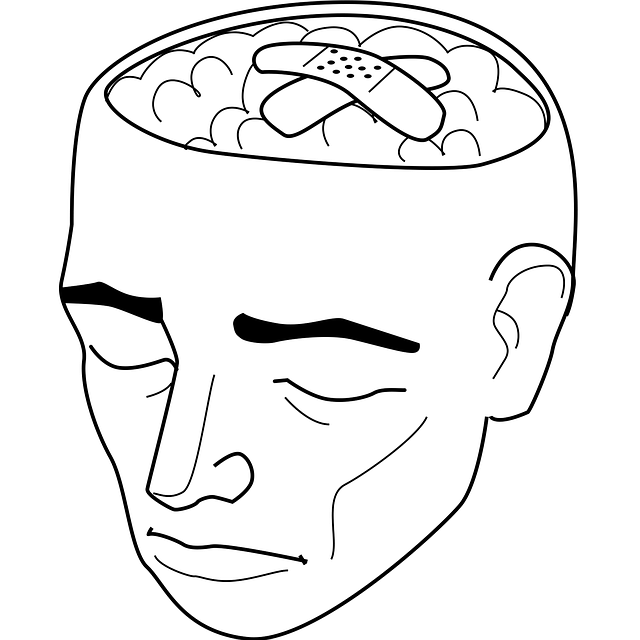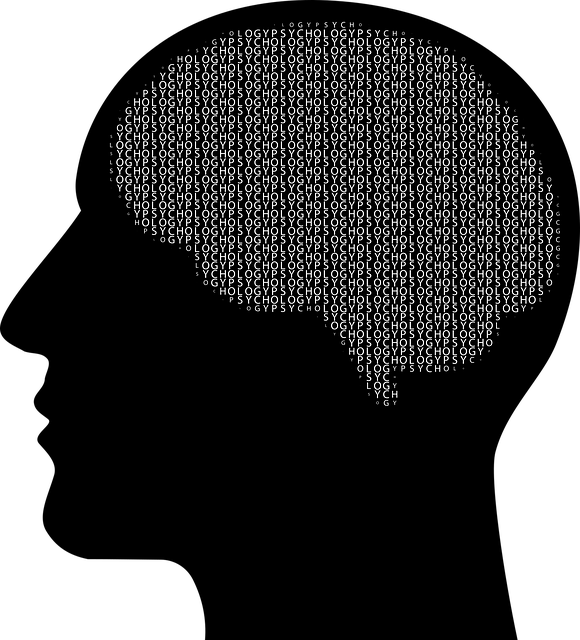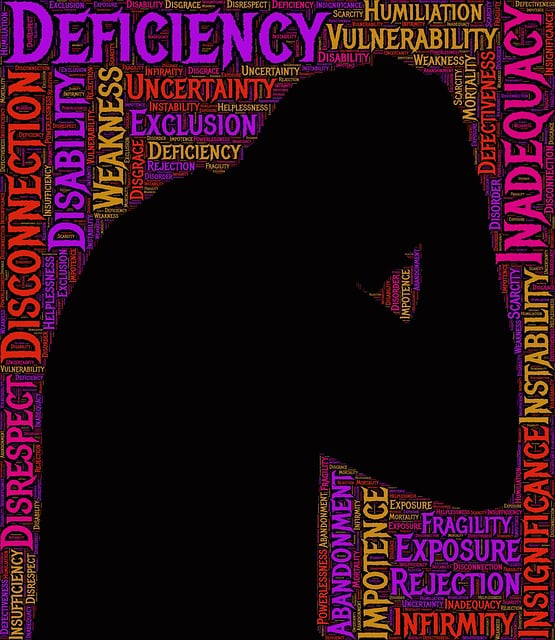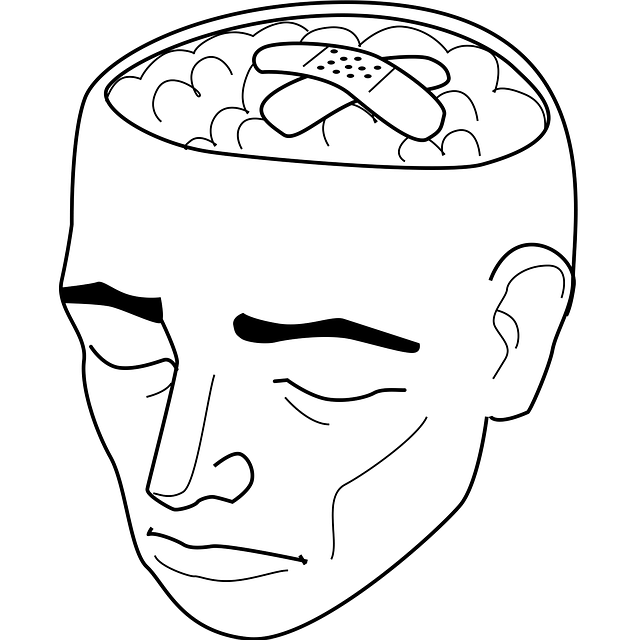Greenwood Village Adolescent and Teen Therapy employs a comprehensive risk assessment process, integrating case history reviews, behavioral observations, and discussions with teens, to identify potential hazards. Harm minimization strategies, like Social Skills Training and Risk Management Planning, equip adolescents with healthy coping mechanisms and skills to navigate social interactions safely. Through evidence-based practices and tailored plans, therapists foster resilience, emotional regulation, and healthier decision-making, creating a supportive environment for addressing complex challenges.
Risk assessment and harm minimization planning are essential components of providing safe and supportive environments in adolescent therapy. This article explores these critical aspects through three key sections: Understanding Risk Assessment, Harm Minimization Strategies, and introducing The Greenwood Village Approach. We delve into identifying potential hazards specific to adolescent therapy and practical approaches for mitigating risks, drawing insights from Greenwood Village’s proven methods in teen therapy.
- Understanding Risk Assessment: Identifying Potential Hazards in Adolescent Therapy
- Harm Minimization Strategies: Practical Approaches for Safe and Supportive Environments
- The Greenwood Village Approach: Integrating Risk Assessment and Harm Minimization in Teen Therapy
Understanding Risk Assessment: Identifying Potential Hazards in Adolescent Therapy

Understanding Risk assessment is a cornerstone in adolescent therapy, crucial for identifying potential hazards and implementing harm minimization strategies. At Greenwood Village Adolescent and Teen Therapy, professionals employ a systematic approach to risk evaluation, encompassing both internal and external factors that could negatively impact a teen’s mental wellness. This process involves thorough case history reviews, behavioral observations, and discussions with the adolescent to uncover any existing risks or vulnerabilities.
By integrating insights from Mental Wellness Journaling Exercise Guidance and considering broader societal influences, therapists can identify specific triggers for emotional dysregulation. Such an analysis informs tailored interventions that address not just symptoms but also underlying causes, as supported by Mental Health Policy Analysis and Advocacy. This proactive approach ensures a safe and supportive environment, fostering resilience and healthy coping mechanisms in adolescents navigating complex challenges.
Harm Minimization Strategies: Practical Approaches for Safe and Supportive Environments

Harm Minimization Strategies play a pivotal role in creating safe and supportive environments, especially in adolescent and teen therapy settings like Greenwood Village Adolescent and Teen Therapy. These strategies are designed to proactively identify and mitigate risks while fostering emotional healing processes. By implementing evidence-based practices, mental health professionals can effectively navigate challenging situations and promote positive outcomes for their young clients.
One such strategy is Social Skills Training, which equips adolescents with the necessary tools to interact healthily with peers and adults. This approach not only enhances their social abilities but also reduces potential triggers for emotional distress or risky behaviors. Additionally, Risk Management Planning is a proactive method where professionals anticipate and prepare for possible crises. Through comprehensive planning, they can ensure swift and effective responses, thus minimizing harm and providing timely support. These practical approaches are integral to creating a nurturing atmosphere that prioritizes the well-being of every adolescent.
The Greenwood Village Approach: Integrating Risk Assessment and Harm Minimization in Teen Therapy

The Greenwood Village Approach to adolescent and teen therapy integrates risk assessment and harm minimization strategies for comprehensive support. This method recognizes that understanding potential risks and developing coping mechanisms are crucial components of a young person’s journey towards well-being. Therapists at Greenwood Village facilitate self-awareness exercises and empathy-building strategies, empowering teens to recognize triggers and manage challenging emotions effectively.
By combining rigorous risk assessment with tailored harm minimization plans, the approach ensures that each teenager receives individualized care. Through structured activities focusing on emotional regulation, therapists help clients build resilience and navigate potential risks in a safe, supportive environment. This holistic strategy not only prepares teens for managing stressors in their daily lives but also fosters healthier relationships and decision-making skills.
Risk assessment and harm minimization are essential components of providing safe and supportive environments in adolescent therapy. By identifying potential hazards and implementing practical strategies, therapists can create a secure space for teens to heal and grow. The Greenwood Village Approach, as demonstrated by Greenwood Village Adolescent and Teen Therapy, integrates these key practices, offering a comprehensive framework for navigating and mitigating risks effectively. Through this holistic approach, therapists can foster an environment that promotes resilience and supports the well-being of young individuals.
